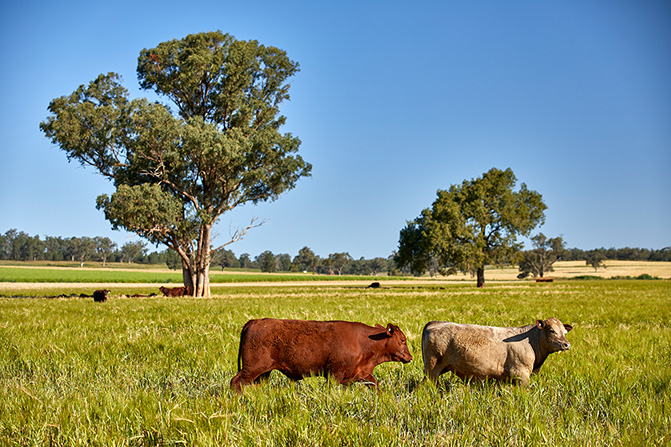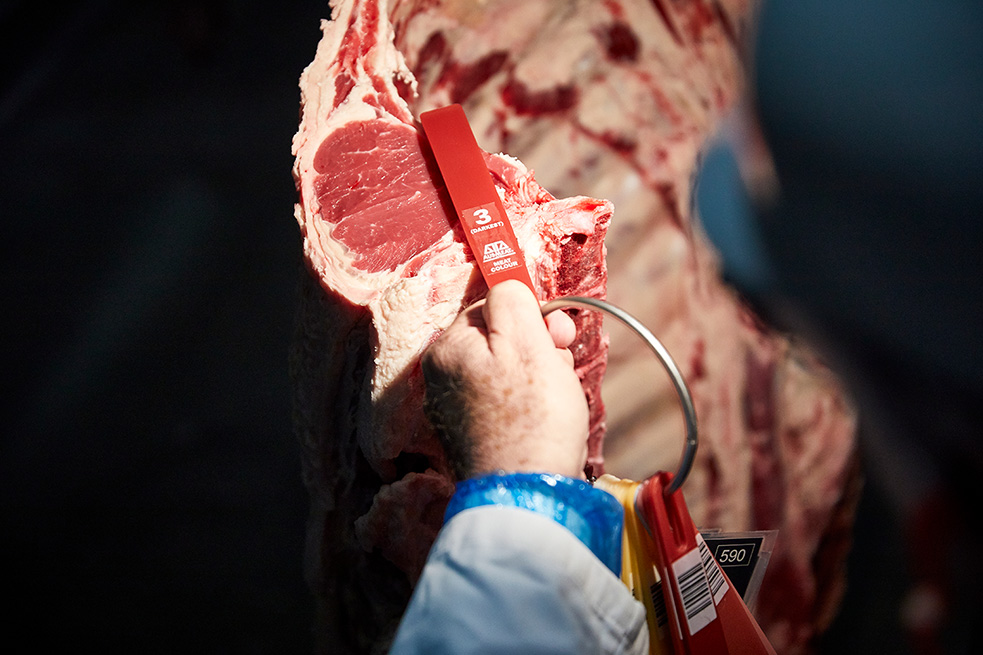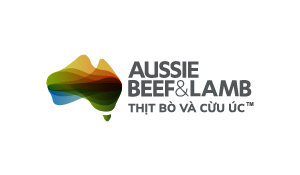What Makes Australian Wagyu A Class of Its Own?
The ultimate guide to Australian Wagyu
Melt-in-your-mouth texture, incredible juiciness, and a sweet umami flavour. These are some words that are often used to describe Wagyu. But what really sets the world’s most prized cattle apart from the herd is its intense and immaculate marbling - yes, those flecks of fat found between the muscle fibre bundles - which yields ultra tender beef and a rich flavour.
You’d be forgiven for being confused with the different meat grading systems, countries of origin and cooking methods for Wagyu. Here, Valeska, Regional Manager, Southeast Asia for Meat & Livestock Australia, shed light into the world of Australian Wagyu and how you can prepare this prized cut of beef to pamper your palate.

Tracing The Lineage Of Wagyu
Wagyu literally translates to “Japanese Cattle” and specifically refers to a breed of cattle originating from Japan that is genetically predisposed to intense marbling. Fullblood Wagyu production and crossbreeding programmes outside of Japan were made possible when in the late 1980s through to the 1990s, around 221 Japanese Black Wagyu cattle were shipped live to Australia and America.
Embryos were collected from these cattle to ensure the longevity of their bloodlines. Today, cattle can only be registered as a Fullblood Wagyu if all forebears originate from Japan and there is no evidence of outcrossing to other breeds. At the same time, farmers began to crossbreed Wagyu by having Fullblood Wagyu sire with dams from other breeds. This allows large numbers of cattle with Wagyu genetic content to be bred within a single generation.
Australia now has the largest Wagyu herd outside Japan. Blessed with wide open spaces, a natural environment and unique climate, Australian Wagyu cattle are raised on pasture and this less stressful life has a positive impact on their meat. To ensure consistency in quality, the cattle then spend a considerable amount of time in high-tech feedlots.
Australian Wagyu delivers an extremely rich flavour due to its softer fat composition, higher proportion of healthier unsaturated fats, finer meat texture and higher ribeye yield. Not only is the marbling intense, but so is the eating experience.

How Australian Wagyu Is Graded
In Australia, a marble score is a component of the AUS-MEAT beef quality grading system. “Marbling score is assessed visually by an AUS-MEAT qualified grader during carcass grading using the scoring range from 0 to 9. For beef that exceeds this quality, it would be graded as 9+” explains Valeska, Regional Manager, Southeast Asia for Meat & Livestock Australia. “In addition to the quantity, the distribution and texture of visible fat flecks within the ribeye are considered during marbling score assessment,” she adds.
“The AUS-MEAT grading system has been in place for over 20 years and was developed through extensive research. With a single grading system and standard that everyone adheres to in all of Australia, there is consistency around how each beef carcass is graded. This ensures that buyers and consumers can get consistent quality and great eating experience every single time,” she says.

